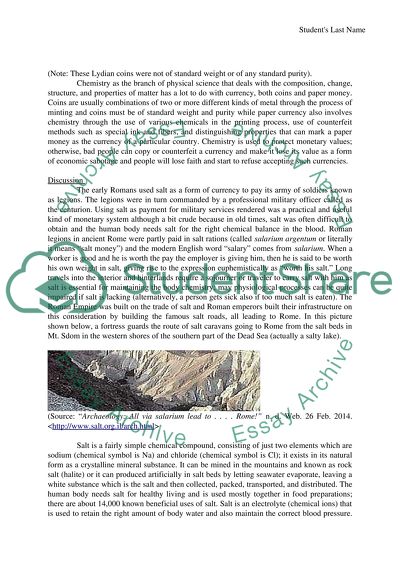Cite this document
(“Chemistry in Life Research Paper Example | Topics and Well Written Essays - 3500 words”, n.d.)
Chemistry in Life Research Paper Example | Topics and Well Written Essays - 3500 words. Retrieved from https://studentshare.org/chemistry/1629652-chemistry-in-life
Chemistry in Life Research Paper Example | Topics and Well Written Essays - 3500 words. Retrieved from https://studentshare.org/chemistry/1629652-chemistry-in-life
(Chemistry in Life Research Paper Example | Topics and Well Written Essays - 3500 Words)
Chemistry in Life Research Paper Example | Topics and Well Written Essays - 3500 Words. https://studentshare.org/chemistry/1629652-chemistry-in-life.
Chemistry in Life Research Paper Example | Topics and Well Written Essays - 3500 Words. https://studentshare.org/chemistry/1629652-chemistry-in-life.
“Chemistry in Life Research Paper Example | Topics and Well Written Essays - 3500 Words”, n.d. https://studentshare.org/chemistry/1629652-chemistry-in-life.


